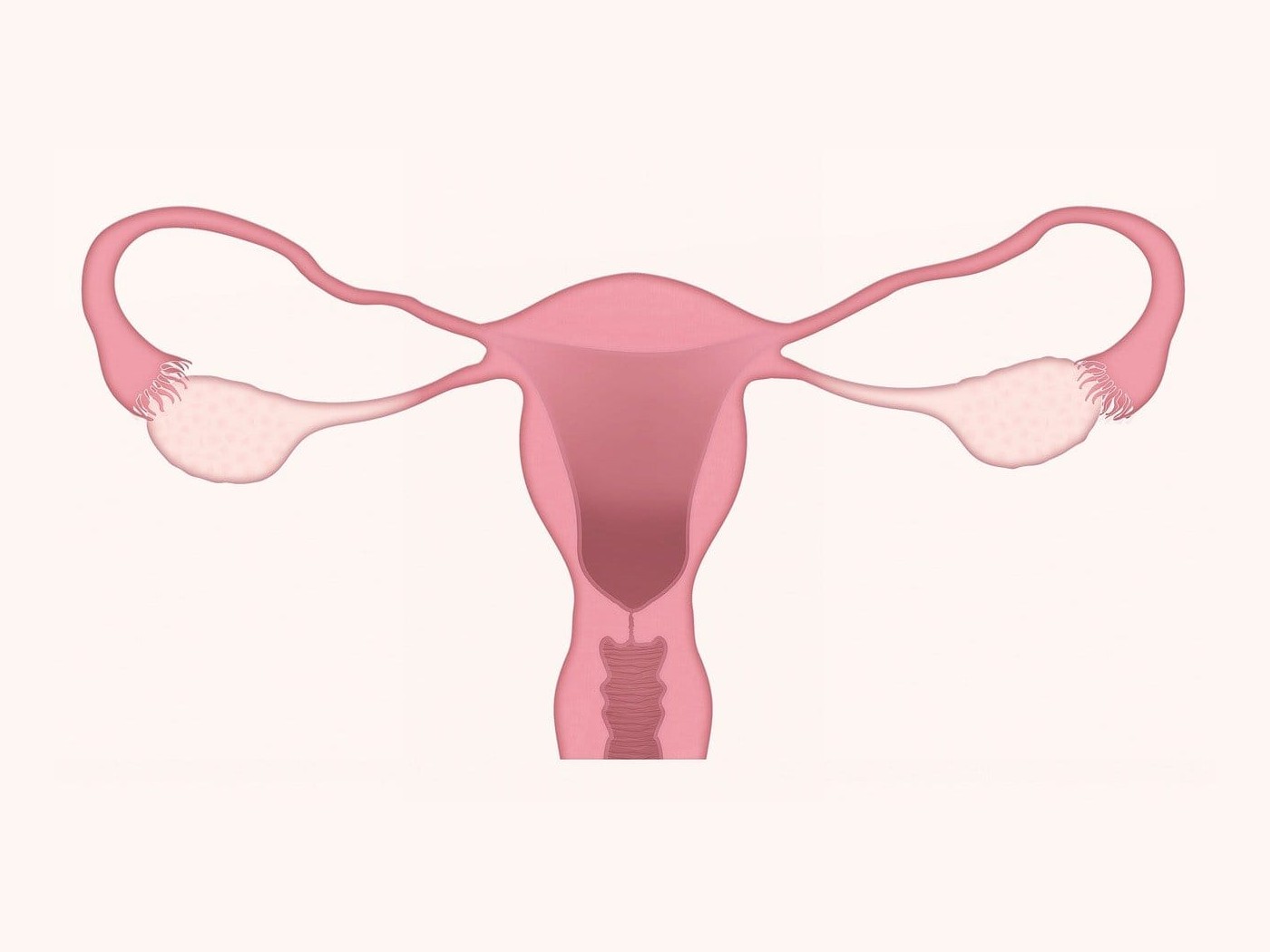The impact of the repeal of Roe v. Wade are being felt across the country, and it’s led many people wondering how to assure full autonomy when it comes time to determine whether or not to have a child, and when. For those who have decided that they want to put a permanent end to the possibility of conceiving, many are considering a tubal ligation procedure, also known as permanent sterilization. Below, we take a closer look at this procedure and how it can provide peace of mind if you don’t want the possibility of becoming pregnant.
Understanding Permanent Tubal Sterilization
Permanent sterilization is available for people who no longer want to have children. For women this is known as a tubal sterilization, and for men, it’s known as a vasectomy. For this blog, we’re going to focus on tubal sterilization for women, but you can find more information about vasectomy sterilization on this page.
Tubal sterilization is a procedure that closes off or removes part of the fallopian tube. This method prevents an egg from moving down the tube and keeps the sperm from being able to reach or fertilize the egg. After the procedure, you will still experience as menstrual cycle, but it will be highly unlikely that you will become pregnant. We’ll touch more on the effectiveness of the procedure, but here’s a quick look at two techniques that are used.
Minilaparotomy: During a minilaparotomy, a small incision is made in the abdomen, and a very small section of each fallopian tube is removed, closed off, or cut and tied. In some cases, both tubes can be completely removed in what’s known as a salpingectomy. Oftentimes this technique is performed postpartum or shortly after giving birth.
Laparoscopy: During this procedure, a small device known as a laparoscope is inserted through a small incision near or even inside the belly button. The laparoscope has a small camera attached to it that allows the doctor to view the pelvic organs. The surgeon then guides the laparoscope to the correct location and inserts additional instrumentation either through the laparoscope or through additional incisions to close off or remove a portion of the fallopian tubes.
How Safe and Effective Is Tubal Sterilization?
Tubal sterilization is very safe and complications are rare, but any surgical procedure carries some risk. Bleeding and infections are always a possibility, but again, your care team will work tirelessly to greatly reduce the risk of any complications.
As for the effectiveness of the operation, while it is oftentimes called permanent sterilization, it’s possible that you can still become pregnant after tubal sterilization. It is a highly effective method at preventing pregnancy, with fewer than 1 in 100 people becoming pregnant within a year of having the surgery. It’s important to know that the way your fallopian tubes are addressed can impact the permanency of your procedure, but each one is highly effective at preventing pregnancy.
Finally, many people wonder if permanent sterilization is something that can be reversed. Again, it depends on the methods used to address your fallopian tubes, but generally this is a permanent solution. It’s important to understand your decision and talk through your options with your partner and your Oakdale ObGyn provider.
If you’d like to learn more about tubal sterilization or other methods of long-term birth control, we want to be your resource. Call for an appointment: 763-587-7000.

